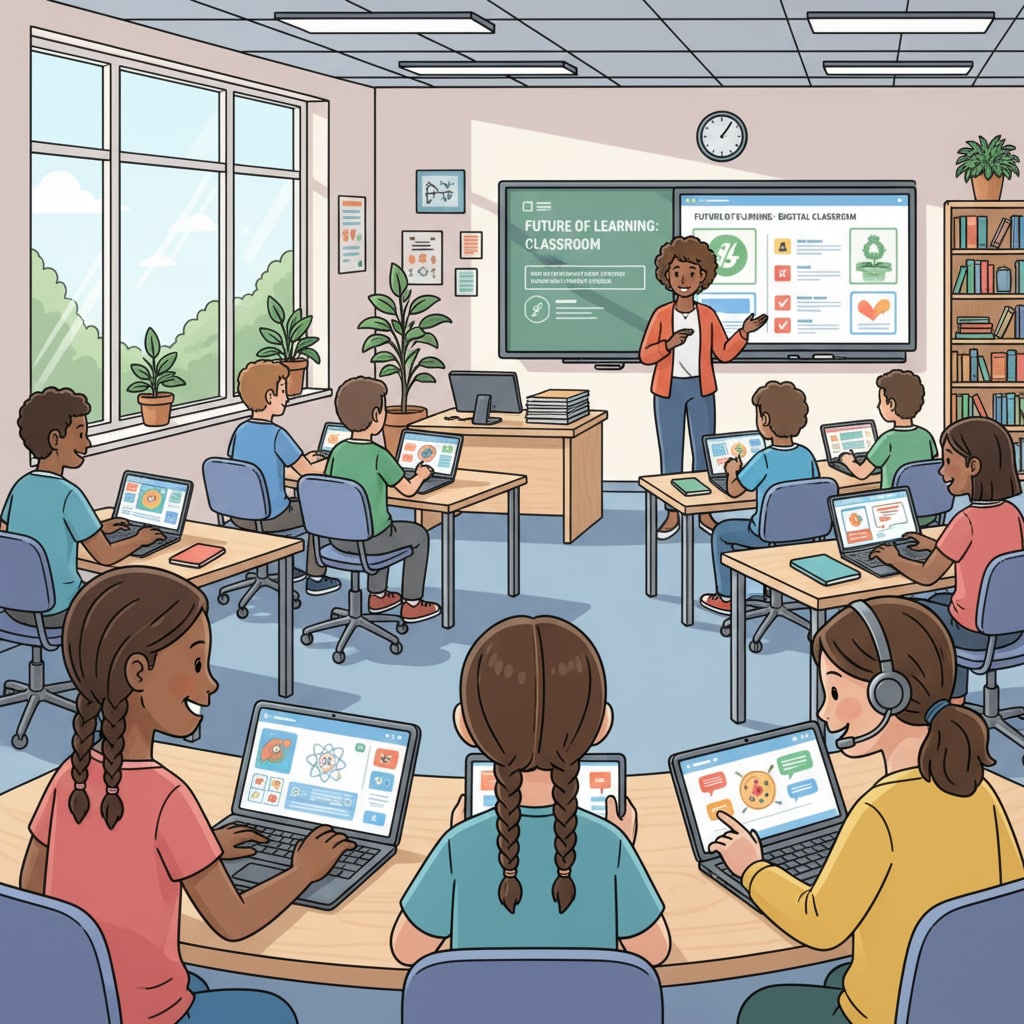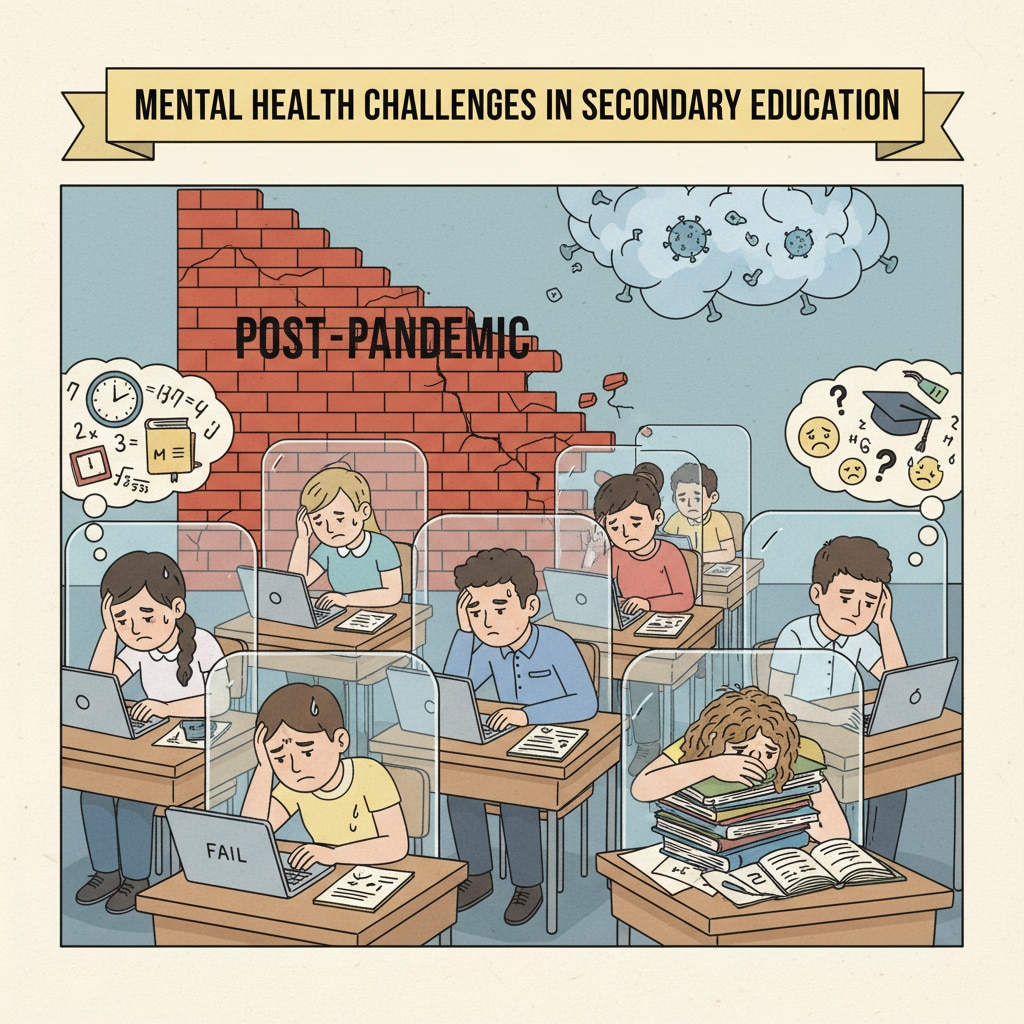In the context of secondary education theories, post-pandemic education, and digital age teaching, the landscape of secondary education has undergone a profound transformation. The convergence of the post-pandemic era and digital technology has presented both challenges and opportunities for educators. As students return to the classroom after the disruptions of the pandemic, they bring with them new expectations and skills shaped by the digital world.

This new reality calls for a reevaluation of traditional educational theories and the development of innovative teaching practices.
The Challenges of Post-Pandemic Secondary Education
The post-pandemic period has brought several challenges to secondary education. One of the most significant is the learning loss that many students have experienced. The extended period of remote learning during the pandemic has led to gaps in knowledge and skills, especially in subjects that require hands-on learning and in-person interaction. For example, laboratory experiments in science classes and group discussions in humanities courses were difficult to replicate online. Moreover, the mental health and well-being of students have become a major concern. The isolation and stress of the pandemic have taken a toll on students’ emotional state, affecting their ability to focus and learn effectively.

The Digital Age Revolution in Secondary Education
The digital age has revolutionized secondary education. With the widespread availability of mobile devices and online resources, students now have access to a vast amount of information at their fingertips. This has transformed the way they learn and interact with educational content. Teachers can now use digital tools such as educational apps, online platforms, and multimedia resources to make lessons more engaging and interactive. For instance, virtual field trips can expose students to places and cultures they may not have the opportunity to visit in person. Additionally, digital assessment tools can provide real-time feedback, helping students identify areas for improvement more quickly.
To adapt to these changes, educators need to incorporate digital literacy into the curriculum. Digital literacy encompasses a range of skills, including the ability to evaluate information sources, use digital tools effectively, and protect one’s privacy online. By teaching students these skills, we are preparing them for the digital world they will encounter in the future.
In conclusion, secondary education theories and practices must adapt to the realities of the post-pandemic and digital age. By addressing the challenges posed by the pandemic and embracing the opportunities presented by digital technology, we can create a more inclusive, flexible, and forward-thinking educational model. This will not only benefit students in the present but also prepare them for success in the rapidly changing world of the future. Navigating Post-Pandemic Education on Edutopia Digital Age Teaching Resources on ISTE
Readability guidance: The article uses short paragraphs to convey ideas clearly. Each H2 section presents key points in a structured manner. The use of passive语态 is minimized, and transition words like “moreover,” “for example,” and “additionally” are used to enhance the flow of the text.


